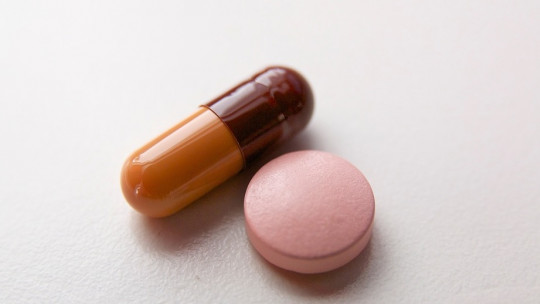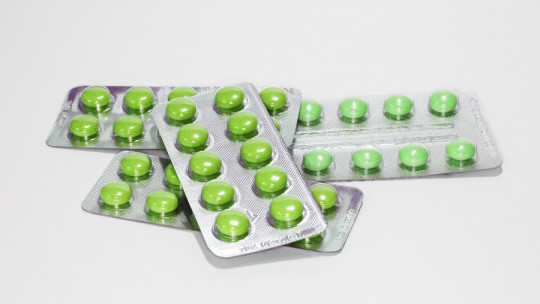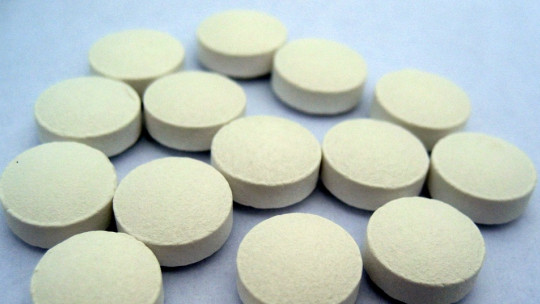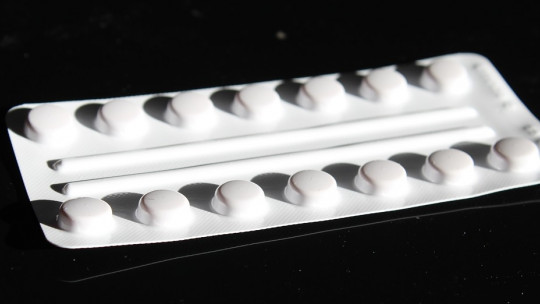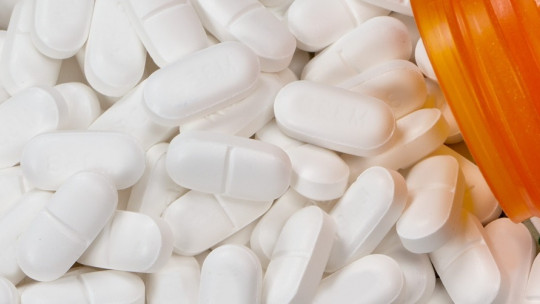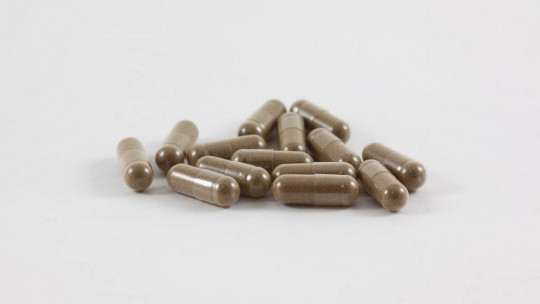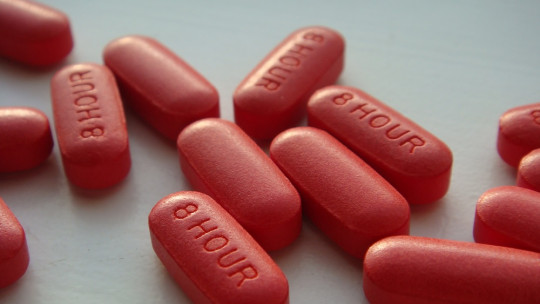
There have been multiple psychotropic drugs that have been developed throughout history in order to treat different disorders and diseases, both physical and mental. Among the different mental disorders, depression is one of the most common, which has led to the synthesis of multiple types of substances in order to combat its symptoms.
One of them is nefazodone, a little-known antidepressant and used which we are going to talk about in this article.
Nefazodone: basic characteristics of the drug
Nefazodone is an antidepressant-type psychotropic drug, derived from phenylpiperazines and synthesized with the purpose of relieving and treating the symptoms of depression: low mood, lack of motivation, anhedonia, passivity and sleep problems, among others.
It is part of the so-called atypical antidepressants, as its mechanism of action does not coincide with that of other antidepressants. Specifically, it would be part of the group of drugs known as weak serotonin, norepinephrine and dopamine reuptake inhibitors or SDRI, like mazindol. Other substances have a similar function although they act through different mechanisms of action, such as ketamine, cocaine and ecstasy.
As with most antidepressants, it takes time to effect the brain changes necessary to see a real effect, this time being around four weeks. This drug is an effective antidepressant, which also has with the advantage of hardly producing alterations on a sexual level, weight gain or appetite alterations.
However, although it is an effective antidepressant, its prescription is not common and in fact between 2003 and 2004 its marketing was suspended in different countries (including Spain and the United States) because it was shown that it could pose a high risk to health. As it is highly toxic at the liver level, it can even lead to death.
Mechanism of action
The main mechanism of action of nefazodone is its action on the receptors of the different monoamines: serotonin, dopamine and norepinephrine. In a similar way to non-selective MAOIs, it increases the action of the three main monoamines but at a weaker and more controlled level.
It mainly acts as an antagonist of 5-HT2 serotonin receptors at the postsynaptic level while inhibiting its reuptake. This generates an increase in serotonin levels in the brain. Likewise, it also contributes to inhibiting the reuptake of norepinephrine and dopamine, although at a much lower level. Lastly also has a slight effect on histamine and acetylcholine but the latter are practically negligible.
Uses and applications of this medicine
Nefazodone is primarily known as an antidepressant, with major depression being its main indication. It is also used in premenstrual syndrome or in other types of depression, such as that associated with suffering from various pathologies. However, in addition to activity on depressive disorders this drug can be useful in the treatment of other psychopathologies and problems.
Among them we can see that nefazodone is useful in the treatment of various anxiety problems and post-traumatic stress disorder, as well as insomnia problems, although it increases REM sleep latency.
Side effects of this antidepressant
Despite its great usefulness, the consumption of nefazodone can generate various side effects and in some cases it can have its risks, with different contraindications.
The most common side effects of nefazodon They are dry mouth and drowsiness, along with nausea and dizziness. The presence of confusion, vision problems and asthenia are also relatively common. More rarely, hypotension and bradycardia have been observed, something dangerous especially for those subjects who already suffer from cardiac pathologies.
However, the most serious problem associated with this drug (and which in fact led to its marketing being discontinued) is its high hepatotoxicity. In some cases, liver failure that can even lead to death, or jaundice, has been observed. That is why if prescribed (something not very common), continuous control must be exercised over the state of liver health of the patient, performing tests periodically. It can also have kidney effects, as the drug is eliminated mainly through this route.
Another aspect to take into account is the risk of suffering from serotonin syndrome, a problem derived from an excess of serotonin (often caused by overdose or interactions with other drugs) that may cause anxiety, altered consciousness, hyperactivity, tremors, vomiting tachycardia, incoordination, mydriasis, seizures, respiratory problems or even death.
Contraindications
Regarding contraindications, one of the main ones occurs in those people who already suffer from liver problems, as well as coronary disorders. Also It is contraindicated for people who consume certain drugs and especially MAOIs, as they could generate serotonin syndrome and even cause death.
Its administration together with SSRIs is not recommended, since they interact. Likewise, some retrovirals, such as those used with HIV, interact with this substance, making it necessary that if nefazodone is used (to treat depression associated with suffering from this disease) the doses and possible interaction be regulated to a large extent.
Minors and pregnant women should not consume this medication. In addition, people with epilepsy or a history of suicide attempts should not consume this medication or do so with special caution. It is generally not recommended in bipolar disorders.

